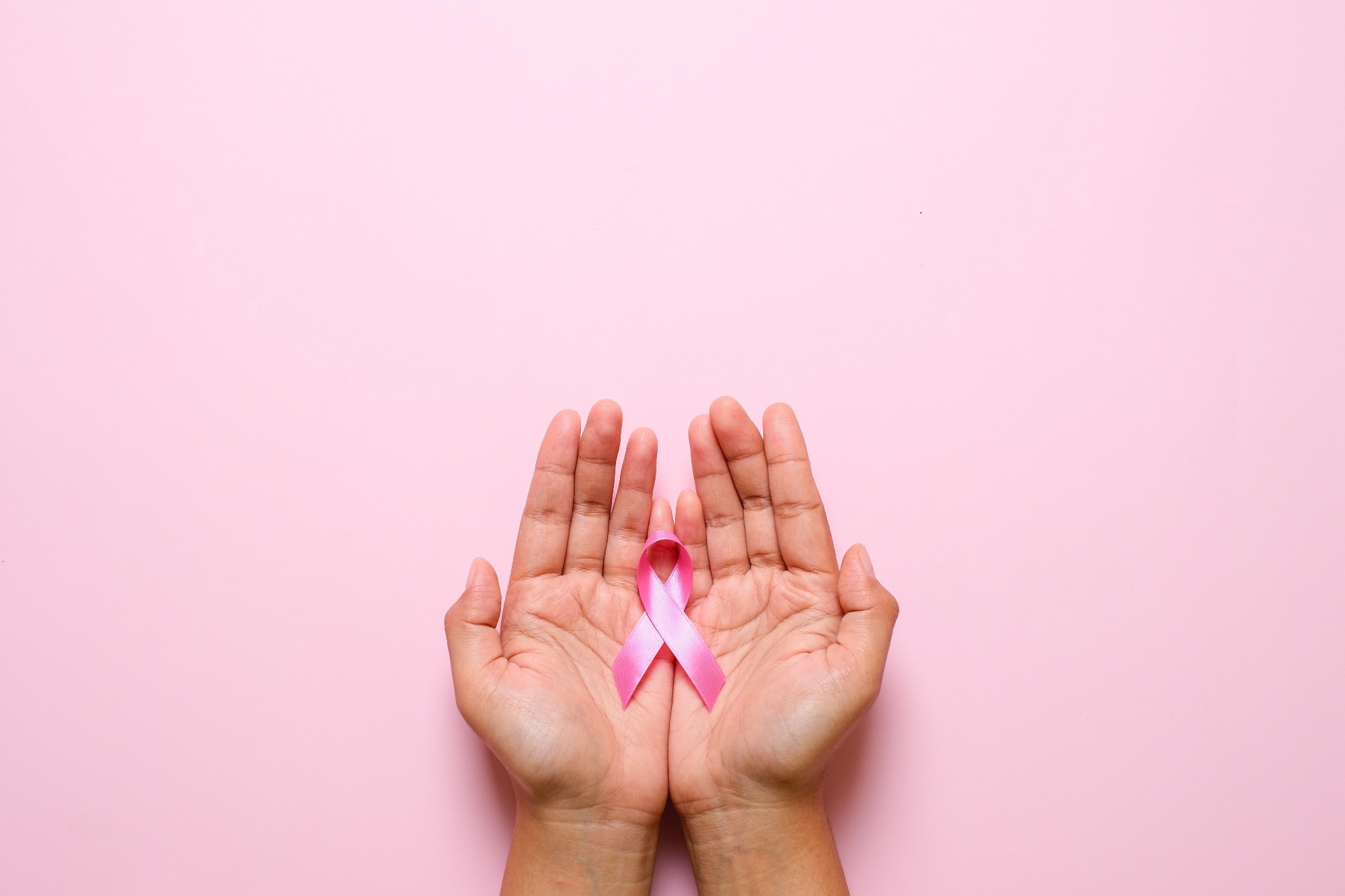In a recent article published in Nutrients, researchers evaluated associations of breast cancer incidence with different dietary phosphate levels.
 Study: High Dietary Phosphorus Is Associated with Increased Breast Cancer Risk in a U.S. Cohort of Middle-Aged Women. Image Credit: Rembolle/Shutterstock.com
Study: High Dietary Phosphorus Is Associated with Increased Breast Cancer Risk in a U.S. Cohort of Middle-Aged Women. Image Credit: Rembolle/Shutterstock.com
They hypothesized that the lowest level of phosphate (P) intake (800–1000 mg) per the National Kidney Foundation (NKF) recommendations would reduce the relative risk of breast cancer compared to higher dietary phosphate levels (>1800 mg).
Additionally, they evaluated whether higher dietary phosphate intake was associated with phosphate-induced toxicity and all-cause mortality.
Background
Recently, a meta-analysis found that a Western dietary pattern high in processed and red meat, potatoes, sweets, and high-fat dairy increased the risk of breast cancer by 14%.
Conversely, a diet containing fruits, vegetables, whole grains, low-fat dairy, and fish cut down breast cancer risk to 18%.
In the latter dietary pattern, plant-based foods are predominant, which have lower bioavailable phosphorus than animal-based foods.
The gastrointestinal bioavailability of phosphorus derived from dairy and meat is higher than phosphorus bound to phytate in whole grains (40–60% vs. 20–50%). Phosphate additives used in the food industry have even higher absorption rates (90–100%). Recent studies have also found a correlation between tumorigenesis and phosphate toxicity, occurring due to dysregulated phosphate metabolism in the body.
In the United States (US), dietary reference intake (DRI) for phosphorus is 700 mg/day for both men and women. However, the National Health and Nutrition Examination Survey (NHANES) survey conducted between 2015 and 2016 reported that per day consumption of dietary phosphorus by American women and men, on average, is 1189 and 1596 mg, respectively.
Moreover, approximate phosphate levels in most US Department of Agriculture (USDA)-endorsed menus are >1800 mg. They also promote fat-free milk to meet adult phosphate requirements. A recent study found three cups of milk vs. one increased cancer mortality risk by 44%.
About the study
In the present study, researchers analyzed cohort data from the open-access Study of Women’s Health Across the Nation (SWAN) dataset using a nested case–control study design.
SWAN dataset comprised 3,302 multi-ethnic American women aged 42–52 years who were premenopausal at the time of enrollment into the SWAN.
They underwent baseline interviews and physical, biological, psychological, and social evaluations, followed by 10 yearly assessments between 1997 and 2007, wherein during the baseline and visits 5 & 9, they provided their dietary data by filling out food frequency questionnaires (FFQs).
The team matched each breast cancer case with four age-matched controls, totaling 296 women aged 42–52 years in the study control group.
Further, the team measured disease incidence between phosphate-exposed and unexposed groups and presented the results as risk ratios (RRs). They computed RRs with 95% confidence intervals (CI) and p-values to four decimal places, where p < 0.05 was statistically significant.
They reported the mean and standard deviation (SD) and minimum and maximum phosphate intake values (in mg) for the unadjusted and standardized case and control groups.
The team corrected and mitigated the effects of measurement error in self-reported dietary data using a method endorsed by the National Cancer Institute (NCI) to adjust for energy intake. Furthermore, they grouped all participants into six discrete categories based on their energy-standardized dietary phosphorus intakes.
The reference category (based on NKF guidelines) covered energy-standardized dietary phosphorus intake between 800-1000 mg. The remaining five categories spanned 200 mg of phosphorus (P) each, with dietary P intake levels ranging between >1000 to 1200 mg, >1200 mg to 1400 mg, >1400 mg to 1600 mg, >1600 to 1800 mg, and >1800 mg, respectively.
Results and conclusion
In this study, the authors found that mean unadjusted dietary P levels for the cases and controls were 1120 mg and 1150 mg, respectively. Post-standardization, only 2 out of 9 cases and 8 out of 62 controls had unadjusted dietary P levels below 800 mg.
The Institute of Medicine (IOM) has set an upper intake limit (UL) for P at 4,000 mg to guide the use of dietary supplements in the US. In this study, the maximum dietary P intake levels (post-standardization) in the case and control groups were 2,180 mg and 2,450 mg, respectively, well below the IOM limit.
The key study finding was that exposure to >1,800 mg phosphate increased the relative risk of breast cancer incidence by 2.30 compared to the lowest P intake level recommended by the NKF to treat chronic kidney disease (CKD). Yet, the highest level of P intake was within the approximate range endorsed by the USDA. Given the surge in breast cancer cases worldwide, the public should know that dietary recommendations with lower P levels could help prevent breast cancer.
The study findings met the criteria proposed by Bradford Hill to infer causality in observational studies; however, more studies with larger cohorts are warranted. In addition, clinical and preclinical studies should test the effect of a low-phosphate diet already used for CKD patients on breast cancer patients.